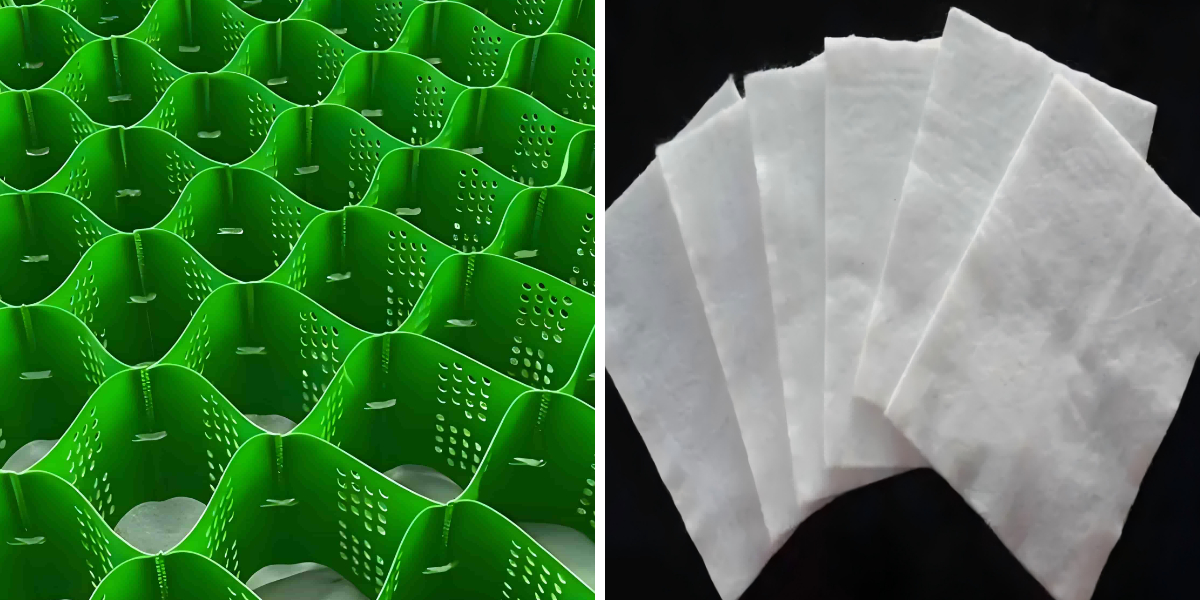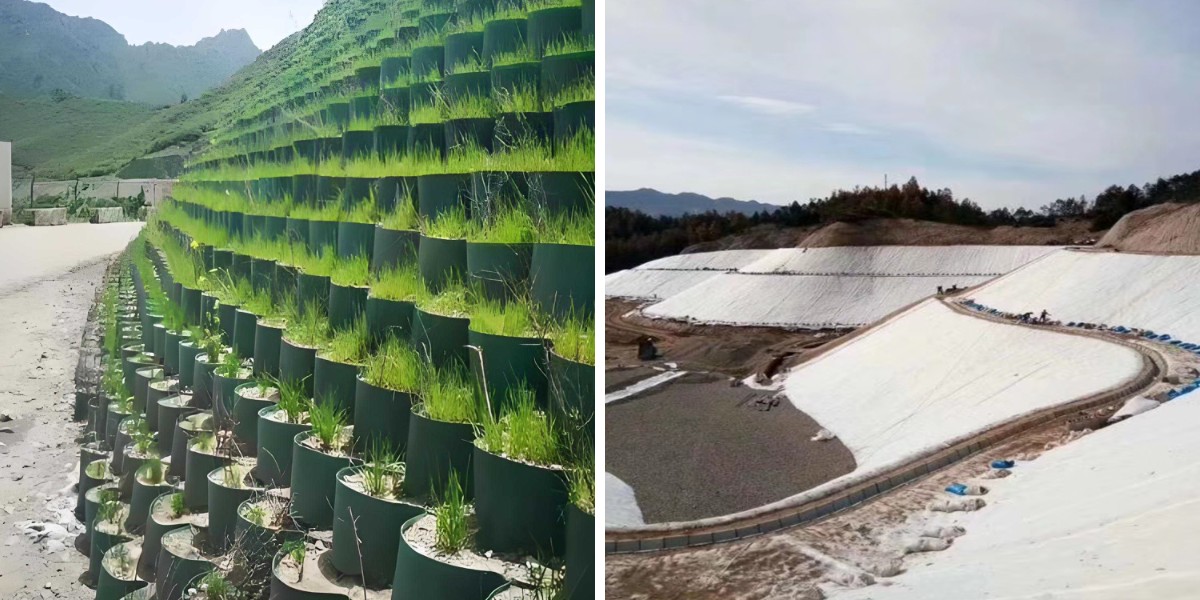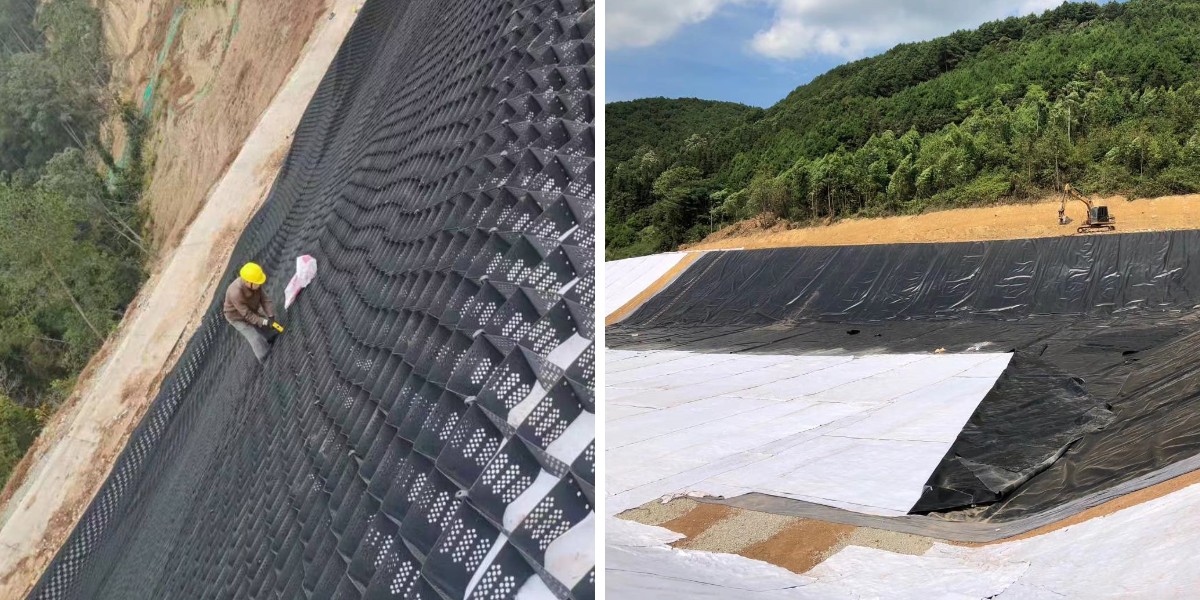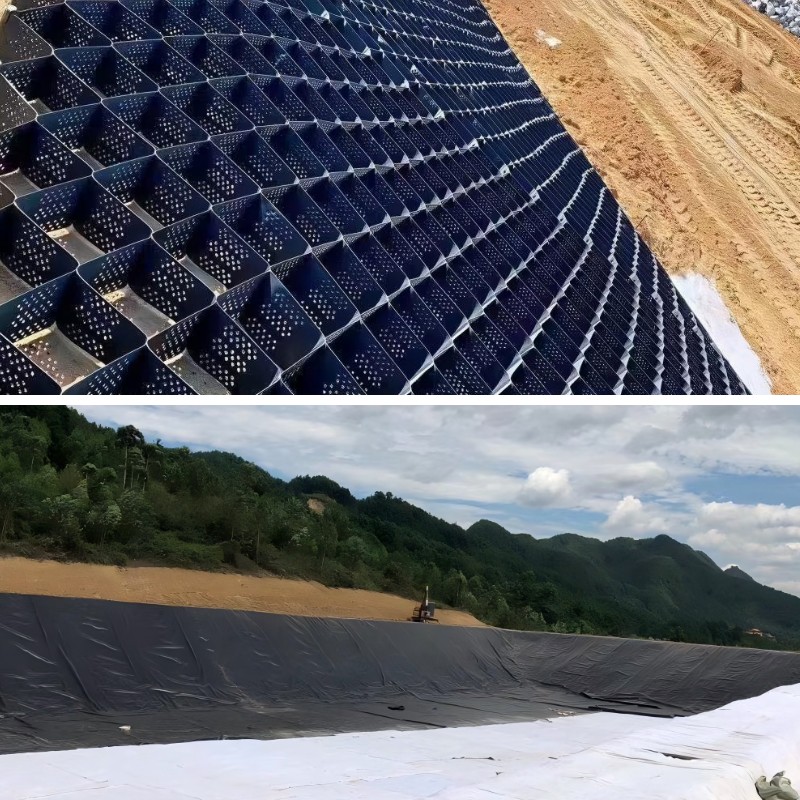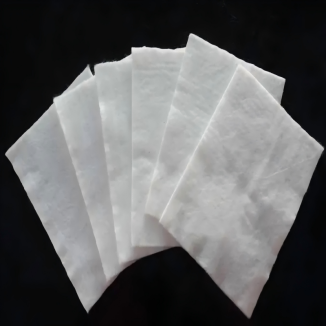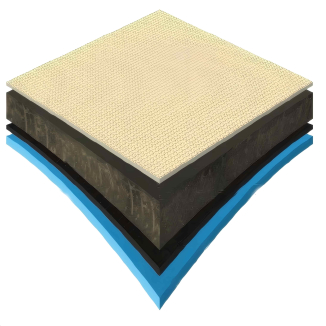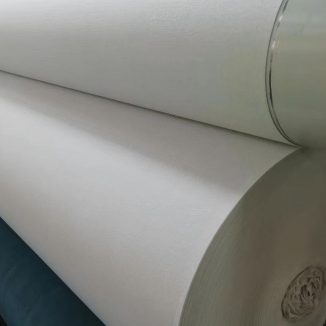Geocell vs. Geotextile: Which is Better for Erosion Control?
Erosion manage is a necessary problem in construction, agriculture, and environmental restoration. Two substances in many instances used to fight erosion are geocell and geotextile. While each serve the purpose of stabilizing soil and stopping loss, their designs, functions, and perfect purposes range significantly. Understanding these variations is key to selecting the proper fabric for your project. Below, we examine them throughout 5 integral components to assist you decide.
1. Structural Design and Core Functions
1.1 Geocell: 3D Cellular Reinforcement
Geocell is a three-d honeycomb shape made from high-density polyethylene (HDPE) or different long lasting polymers. When expanded, its interconnected cells are stuffed with soil, gravel, or vegetation, developing a inflexible but bendy matrix. This plan focuses on geocell erosion manage with the aid of confining materials, distributing loads, and stabilizing slopes or susceptible soils.
The mobile shape makes geocell best for heavy-duty reinforcement. For example, in avenue construction, it reinforces the subgrade, stopping soil compaction and rutting. Its 3D shape additionally traps sediment effectively, making it a pinnacle desire for high-erosion areas like riverbanks.
1.2 Geotextile: Porous Fabric Filtration
Geotextile, on the different hand, is a permeable material made from artificial fibers (polypropylene or polyester) or herbal materials. Its most important features are filtration, separation, and drainage. Unlike geocell, it acts as a barrier that lets in water to bypass via whilst blocking off soil particles—critical for stopping clogging in drainage systems.
In slope revegetation, geotextile protects younger vegetation via conserving soil moisture and protective seeds from runoff. It’s frequently used in conjunction with vegetation to stabilize soil, even though it lacks the structural reinforcement of geocell.
2. Erosion Control Efficiency in High-Risk Areas
2.1 Geocell in High-Water Flow Zones
Areas with fast-moving water (rivers, drainage ditches) demand sturdy erosion control. Geocell excels right here due to the fact its 3D cells lock in fill material, resisting the pressure of currents. A find out about on a riverbank restoration assignment determined that geocell decreased erosion by way of 80% in contrast to untreated areas, as the cells averted soil from being dislodged with the aid of water.
Geocell’s stress additionally withstands hydraulic pressure, making it appropriate for coastal erosion or flood-prone regions. When stuffed with gravel, it creates a secure revetment that absorbs wave energy.
2.2 Geotextile in Low to Moderate Erosion Zones
Geotextile works nice in areas with average rainfall or slow-moving water. Its porous diagram approves water to drain whilst trapping soil, making it superb for slopes with mild gradients. In agricultural fields, it prevents topsoil loss at some point of irrigation, maintaining nutrient-rich layers.
However, in high-water flow, geotextile may additionally tear or emerge as dislodged, as it lacks the structural guide to withstand sturdy currents. It’s most positive when paired with vegetation, which provides balance over time.
3. Installation and Maintenance Requirements
3.1 Geocell: Moderate Installation, Long-Term Durability
Installing geocell includes increasing the panels, securing them to the floor with stakes, and filling the cells with material. This requires extra labor and gear than geotextile however outcomes in a long-lasting system. Once installed, geocell erosion manage structures want minimal maintenance—only occasional tests to make sure fill fabric stays intact.
For giant initiatives like dual carriageway embankments, geocell’s upfront effort will pay off, as it can final 20+ years barring replacement.
3.2 Geotextile: Simple Installation, Regular Upkeep
Geotextile is light-weight and effortless to install: unroll the fabric, overlap edges, and tightly closed with pins. This simplicity makes it perfect for small-scale tasks or tight spaces. However, it requires extra maintenance—UV publicity can degrade the material over time, and tears should be patched immediately to forestall erosion.
In landscaping, geotextile might also want alternative each and every 5–10 years, relying on environmental conditions.
4. Cost-Effectiveness Over Project Lifespan
4.1 Geocell: Higher Initial Cost, Lower Long-Term Expenses
Geocell has a greater upfront value due to fabric and set up labor. A 1,000-square-foot task would possibly value 3–5 per rectangular foot for geocell, in contrast to 1–2 for geotextile. However, its sturdiness reduces long-term costs: fewer replacements and repairs imply decrease lifecycle expenses, specifically in high-risk areas.
For example, a municipal drainage assignment the usage of geocell saved 40% over 10 years in contrast to a geotextile gadget that required annual patching.
4.2 Geotextile: Lower Initial Cost, Higher Ongoing Costs
Geotextile is budget-friendly for momentary or low-risk projects. It’s a inexpensive desire for residential slopes or backyard beds, the place erosion stress is minimal. However, universal replacements (every 5–7 years) can add up, making it much less reasonably-priced for long-term, high-erosion applications.
5. Compatibility with Vegetation
5.1 Geocell: Supporting Vegetative Growth
Geocell and vegetation work synergistically. When stuffed with soil, the cells create a steady surroundings for grass, shrubs, or bushes to root. The plants’ roots intertwine with the geocell, bettering stability. In a slope revegetation project, geocell mixed with native grasses decreased erosion with the aid of 75% inside a year, as vegetation and cell shape strengthened every other.
5.2 Geotextile: A Foundation for Plant Establishment
Geotextile acts as a seedbed, protecting moisture and defending seeds from runoff. It’s frequently used in hydroseeding projects, the place it holds slurry in area till vegetation takes root. Once vegetation mature, their roots penetrate the fabric, including stability. However, geotextile by myself can’t help heavy vegetation or face up to sturdy forces, making it a transient answer till flora establish.
Conclusion: Choosing Based on Project Needs
Geocell and geotextile both play roles in erosion control, however their strengths vary. Geocell is choicest for high-risk areas with robust currents, heavy loads, or steep slopes, providing long-term structural support. Geotextile shines in low to average erosion zones, the place its simplicity and cost-effectiveness make it best for vegetation-based stabilization.
For most efficiency, think about combining them: use geocell in high-risk zones and geotextile in adjoining areas to create a complete erosion manage system. Ultimately, the preference relies upon on your project’s scale, environment, and budget.
Contact Us
Company Name: Shandong Chuangwei New Materials Co., LTD
Contact Person :Jaden Sylvan
Contact Number :+86 19305485668
WhatsApp:+86 19305485668
Enterprise Email: cggeosynthetics@gmail.com
Enterprise Address: Entrepreneurship Park, Dayue District, Tai 'an City,
Shandong Province


